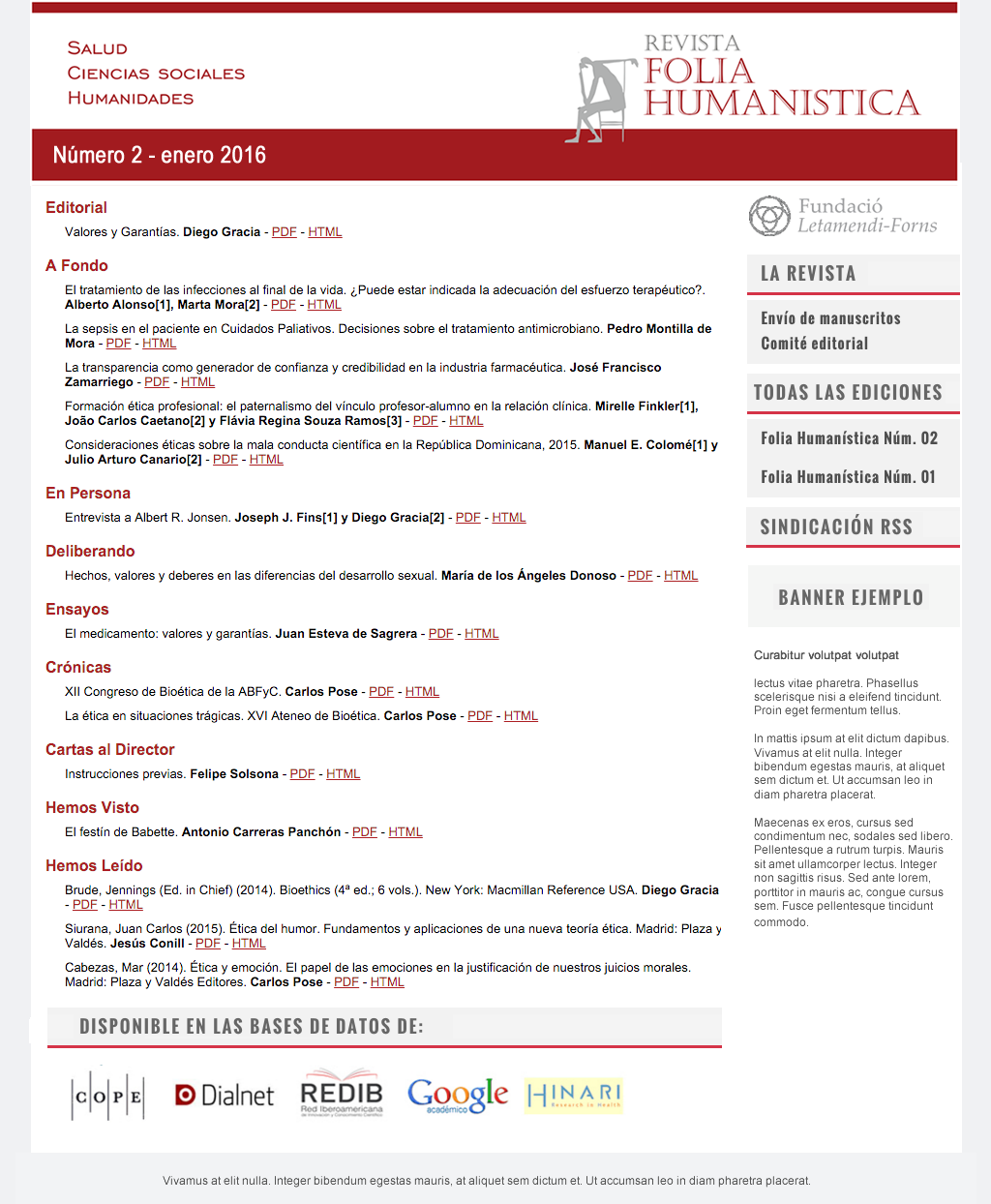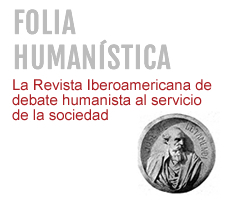¿Cómo y por qué se lee la música?
DOI:
https://doi.org/10.30860/0080Palabras clave:
notación musical;, lectura musical;, música modal;, música gregoriana;, escritura neumática;, swing;, jazz;, autodidactismo;, analfabetismo musical;Resumen
La música no siempre se ha escrito. En la cultura occidental, la plasmación de las notas musicales en una partitura no llegó hasta la Edad Media, de la mano de Guido de Arezzo. ¿Por qué antes no se escribía? ¿Cuál fue la necesidad de propició ponerla por escrito? ¿Cómo se concretó un lenguaje tan abstracto como el musical en un sistema de signos, señales y símbolos? Además de responder a estas cuestiones, el artículo aborda la organización de la música modal clásica (de tradición oral), así como lenguajes modernos de difícil concreción escrita (como el swing del jazz o las propuestas estéticas de Bartók y Penderecki). Finalmente, el autor reflexiona sobre el autodidactismo y el analfabetismo musical como barreras al desarrollo de los músicos.
Citas
MOLERO, Esteve (2004). “Llegir a vista”. Diónysos, collita de cultura. Núm. 6, 2a época. Vilafranca del Penedès, 2001.
BARENBOIM, Daniel. El sonido es vida. Belacqua. Barcelona, 2008.
VERGÉS, Lluís. El lenguaje de la armonía. Boileau. Barcelona, 2007.
SCHAAP, Albert. W. A. Mozart, Charlie Parker & Jazz Improvisation. HeanDay Music. Seúl, 2014.
MOLERO, Esteve. Tots tenim intel·ligència musical. Uno. Albacete, 2020.
Descargas
Publicado
Cómo citar
Número
Sección
Licencia
La Revista Folia Humanística se adhiere a Creative Common en la modalidad: Reconocimiento – NoComercial – CompartirIgual (by-nc-sa): No se permite un uso comercial de la obra original ni de las posibles obras derivadas, la distribución de las cuales se debe hacer con una licencia igual a la que regula la obra original.








